The giant planet during migration could have caused a collision of Theia with the Earth
The “great instability” event wreaked havoc on the planets, causing gas giants to move through space until they reached the orbits known today. This happened between 60 and 100 million years after the birth of the Solar System. As a result of careful scientific work, a connection was established between Jupiter and the formation of the Moon.
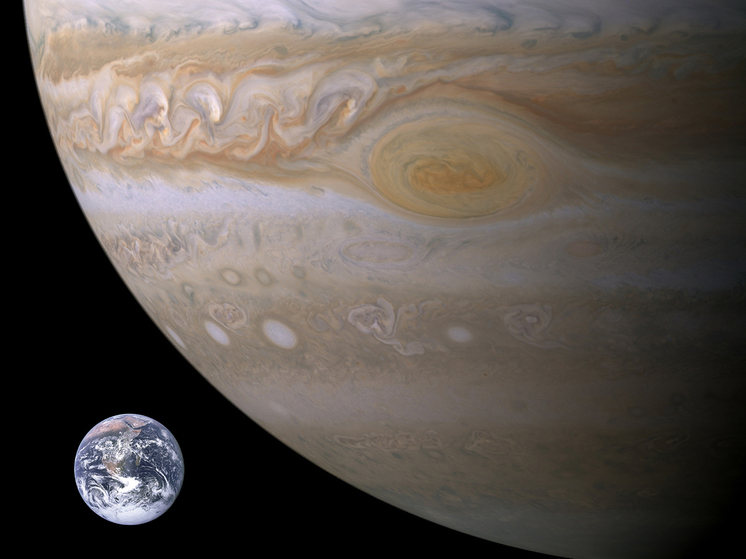
Scientists believe that migrating planets — first of all Jupiter — could lead to the formation of a satellite of the Earth by destabilizing the orbit of a protoplanet called Theia, which was the size of Mars. This event triggered a collision with the Earth, as a result of which debris was thrown into space, which, according to experts, could form the Moon.
Thanks to studies of the composition and location of various types of asteroids and comets, scientists know that the above-mentioned catastrophe occurred early in the history of the solar system. However, there are several mysteries that remain to be solved when it comes to exactly how it all happened.
For example, scientists know that the objects in the solar system that humanity observes today formed around the sun from a disk of gas and dust. However, some of them, namely asteroids and comets, appear to be composed of material that was not in the disk. Astronomers believe these elements formed closer to the Sun before scattering further away.
There are four gas giant planets in the young Solar System — Jupiter, Saturn, Uranus and Neptune — were located closer to each other. Over time, gravitational interactions with planetesimals beyond Neptune caused Saturn, Uranus, and Neptune to migrate outward. Meanwhile, Jupiter remained inside, where scientists believe it could in turn destabilize celestial bodies in the inner solar system.
“The idea of this orbital instability is now well established in the planetary community, but the timing of this instability is still a matter of debate,” — says planetary scientist Avdellidou from the University of Leicester.
Scientists call the theory behind this orbital instability the “Nice model,” after the French observatory city on the Côte d'Azur where astronomers originally developed the idea. It was then assumed that this instability occurred between 500 and 800 million years after the birth of the solar system. If true, it would coincide with an event known as the Late Heavy Bombardment, in which the inner planets would be bombarded by comets knocked out of their orbits by migrating gas giants. However, evidence has refuted the concept, and scientists now believe that the instability occurred no later than 100 million years after the formation of the solar system, based on when Jupiter may have accumulated its Trojan asteroids at the L4 and L5 Lagrange points.
The team focused on a type of meteorite called el enstatite chondrite, which is low in iron and very similar in composition and isotopic ratios to the material from which Earth formed. This tells experts that terrestrial and el-chondrites condensed from the same part of the planet-forming disk.
Something must have thrown the progenitor of the meteorite family into the asteroid belt, and that «something,» the researchers say, must have been the instability that forced Jupiter out of orbit.
Using dynamic simulations, the team Avdellidou was able to simulate various scenarios involving a migrating Jupiter, and concluded that the giant planet could have turned Athor's progenitor into an asteroid as early as 60 million years after the birth of the solar system. Combined with evidence from Jupiter's Trojan asteroids, scientists can now say that the great instability took place between 60 and 100 million years ago.
The collision between Earth and Theia that formed the Moon occurred around this period time.
«We understand that a giant Theia collision occurred on Proto-Earth, which had a very similar composition, — scientists say. — Based on studies of samples from the Moon, age estimates have been obtained, while other colleagues have shown that this collision could be the result of instability of the giant planet.

















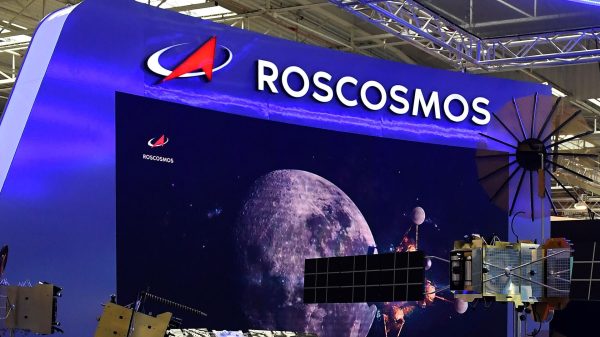
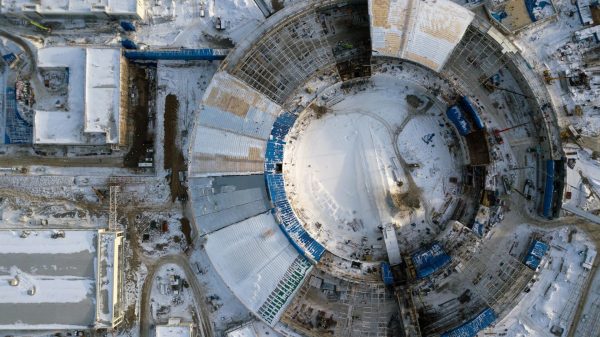
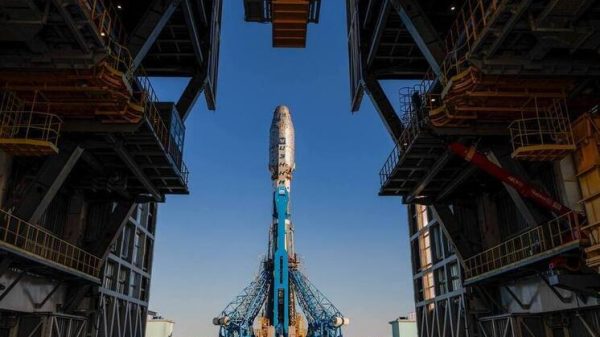
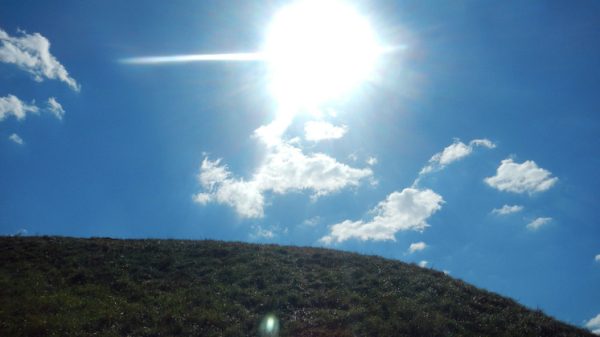














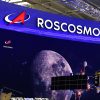



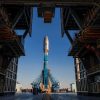















Свежие комментарии